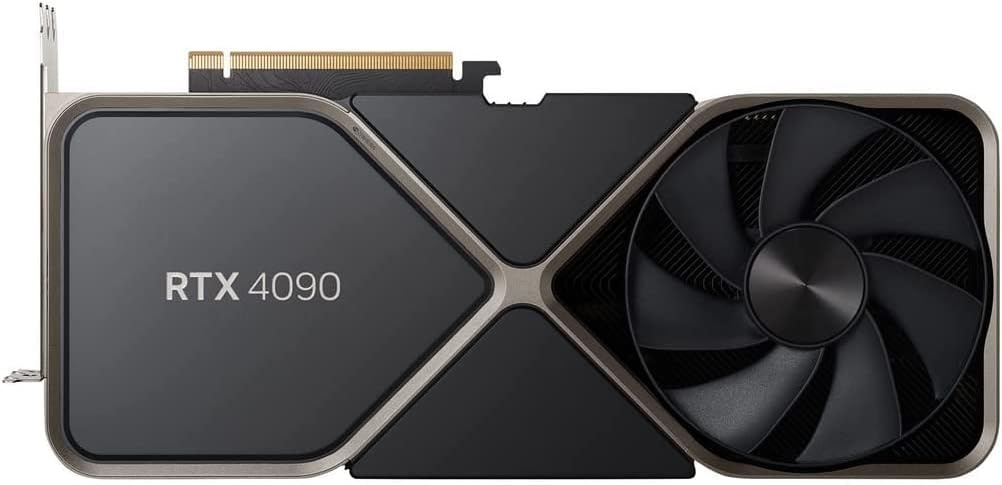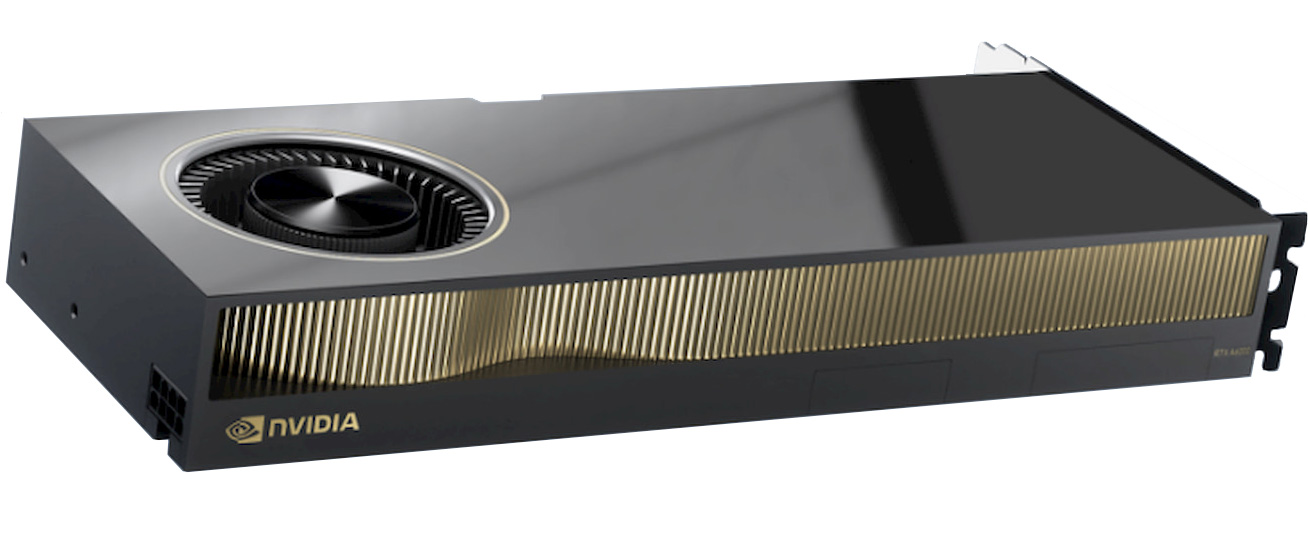3D Graphics Cards
MVRsimulation VRSG technology supports a wide range of 3D graphics cards that can be upgraded as technology evolves. VRSG uses the Microsoft DirectX Application Programming Interface (API), which is a very thin and efficient layer above the rendering hardware. The graphics API of choice in the game community is Microsoft DirectX, which in turn receives the largest support by hardware vendors of any competing graphics standards. VRSG is written with the DirectX API to take advantage of the largest possible base of potential 3D graphics cards. The DirectX API issues a major release each year with some vendors providing direct hardware support for some of the DirectX components (such as DirectSound and DirectSound3D). MVRsimulation uses only non-proprietary 3D graphics cards that are commercially available from your local computer retailer. MVRsimulation constantly evaluates the latest hardware to determine the best possible graphics accelerators for personal computers. The newest generation graphics cards have integrated 2D and 3D capability and support visual simulation as well as desktop business graphics.
GAME-LEVEL RETAIL GRAPHICS CARDS
The NVIDIA® GeForce RTX 4090 video card is based on Ada Lovelace -- NVIDIA's third generation RTX architecture, with 128 Ray Tracing (RT) Cores, 512 Tensor Cores, 16384 CUDA cores, and 24 GB of GDDR6X memory.
Availability is limited and delivery lead time is 10-12 weeks.
GENLOCK GRAPHICS CARD
The NVIDIA RTX A6000 is based on the GA102 graphics processor, and features 10752 shading units, 336 texture mapping units,112 ROPs, and 336 tensor cores. The card also has 84 raytracing acceleration cores. NVIDIA has paired 48 GB GDDR6 memory with the RTX A6000, which are connected using a 384-bit memory interface. With its dual-slot, power efficient design, the RTX A6000 is up to 2X more power efficient than Turing GPUs and crafted to fit into a wide range of workstations. Features frame lock and genlock support, 48 GB GDDR6 GPU memory, and PCIe 4 x16 support. For multi-GPU configurations, NVLink enables applications to easily scale memory and performance. With a low-profile design that fits into a variety of systems, NVIDIA NVLink Bridges allow you to connect two RTX A6000s. . PNY is our exclusive partner for genlock video capabilities.
Availability is limited and delivery lead time is 10-12 weeks.
All video cards listed here provide significant capabilities; each has different performance and feature advantages to consider with respect to your application. NVIDIA GeForce cards support hardware-accelerated DXTC texture compression and FSAA. We offer a number of different types of 3D graphics accelerators for all MVRsimulation complete systems based on your specific visualization needs.
ABOUT USING VIDEO CARDS IN SLI MODE
MVRsimulation strongly advises against the use of graphics cards configured in SLI mode due to the reduction in the system reliability that is critical for fielded high-demand training systems. SLI places additional demands on a system for adequate cooling, and also places a heavy load on the system's power supply. Having two graphics cards in the system essentially reduces the mean time between failures of that component by a factor of two. SLI attempts to improve performance by rendering alternating frames on different cards, which increases overall throughput but will increase latency. For manned interactive flight simulators, this additional latency is highly undesirable. MVRsimulation has not been able to demonstrate any meaningful performance benefit of SLI.
You can order any of these products directly from MVRsimulation by consulting the Price List and then filling out the quote request form. Hardware components are sold only in conjunction with a software purchase. Availability is limited and delivery lead time is 10-12 weeks.


